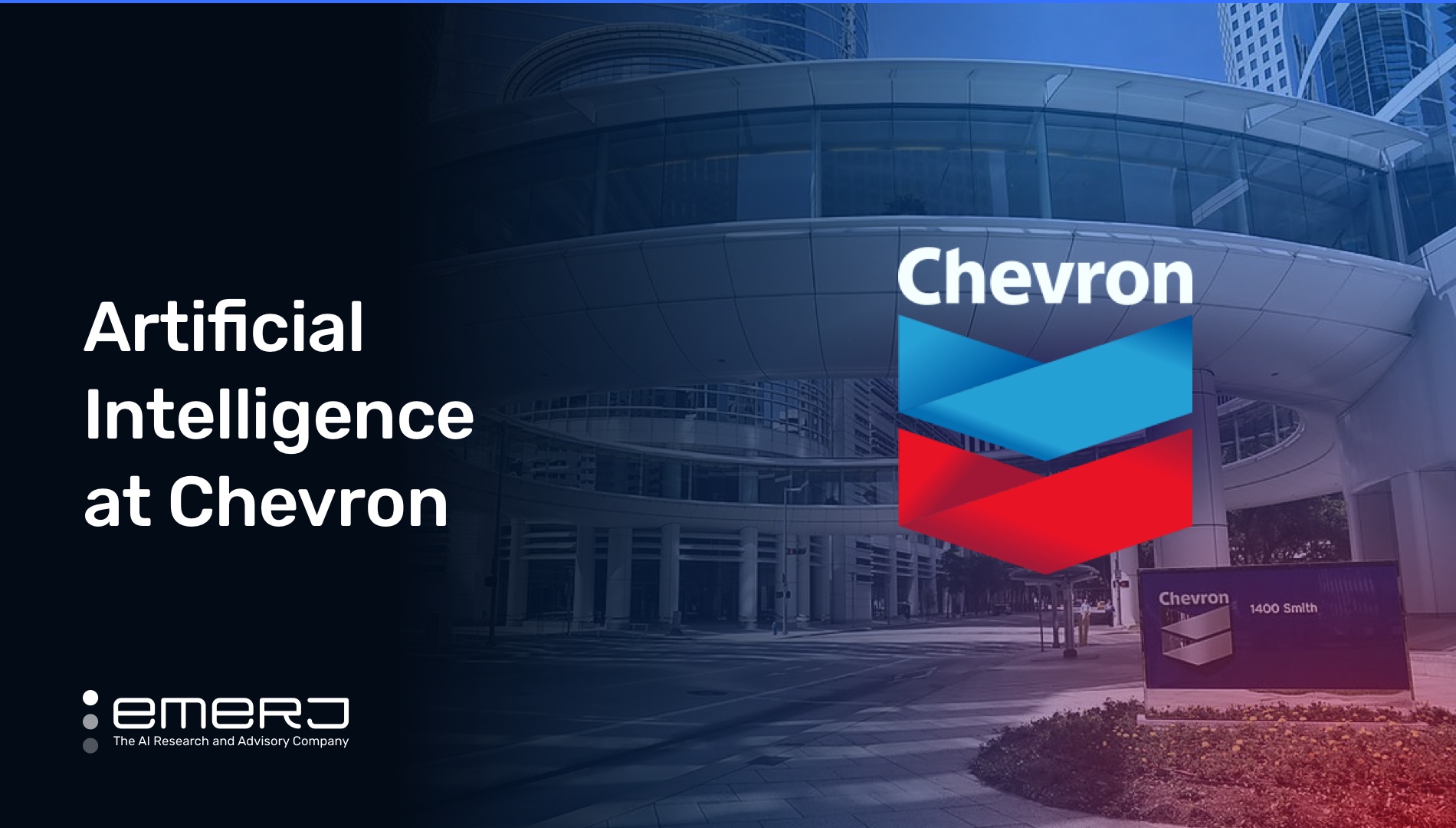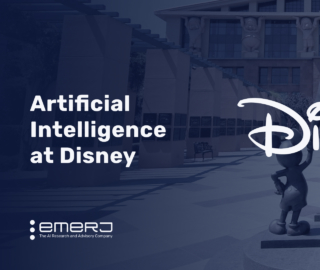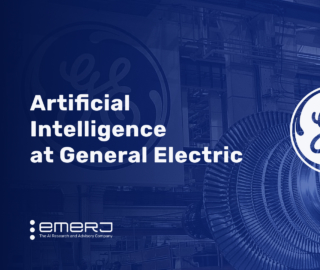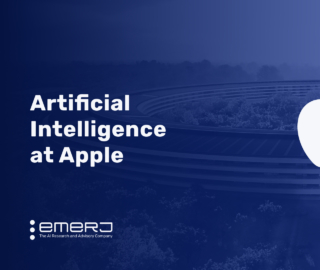
Chevron is the second largest producer of oil in the United States (Exxon Mobil). The company is traded on the NYSE (symbol: CVX) and has a market capitalization of approximately $322 billion.
In its 2021 annual report, the company reported approximately $15.6 billion in net income on $155.6 billion in revenue. The company had 37,498 employees at year-end 2021.
The company does not mention AI in its 2021 annual report. However, a separate company document does mention investments in 5 startups that use data analytics, computer vision, natural language processing, and machine learning technologies.
A search for “artificial intelligence” on its website yielded 40 results. Relevant AI terms found on the site include data analytics, machine learning, and “predictive technologies.” A recent LinkedIn search lists 168 data scientists.
In this article, we will explore how AI initiatives at Chevron support the company’s business goals, demonstrated through the following two specific use cases:
- Information extraction from drilling report PDFs: Chevron uses object character recognition (OCR) and AI-enabled RPA to extract critical data from drilling and completion reports, to enhance decision-making and optimize operations.
- Value-adding, streamlined document management in contracts: Chevron uses natural language processing (NLP) and object character recognition (OCR) to make contractual information retrieval and document review processes more efficient.
We will begin by taking a closer look at Chevron’s partnership with Microsoft in leveraging AI capabilities to streamline workflows in extracting data from drilling and completion reports.
Use Case #1: Information Extraction from Drilling Report PDFs
We will begin by taking a closer look at Chevron’s partnership with Microsoft in leveraging AI capabilities to streamline workflows in extracting data from drilling and completion reports.
According to Microsoft’s case study, Chevron Canada’s data teams had to manually analyze unstructured data from hundreds of thousands of daily PDF drilling and completion reports before entering the data into spreadsheets. The process was reportedly lengthy, repetitive, and costly.
Each report is at least 75 pages long, with some reportedly up to 300 pages in length. A drilling report comprises all significant events, including those affecting output (read: revenue-adding) capabilities, that occurred on a drilling rig over the previous 24 hours, such as:
- Time spent on individual drilling operations
- Drilling assembly information (bit type, manufacturer, etc.)
- Rig identification data
- Drilling depth information (starting and ending depth, drilling time allotted, etc.)
This information is reportedly used for:
- Improving drilling performance
- Enhancing decision-making ability
- Providing the company with evidence of compliance
Chevron’s prior process consisted of manual, page-by-page, and item-by-item data extraction from PDF files before typing the data into spreadsheets.
Microsoft states that this process was error-prone and suffered from being unable to take advantage of valuable data that rig managers could use to improve their drilling performance and decision-making abilities.
Microsoft implemented its document processing solution, Form Recognizer, to achieve Chevron Canada’s goal of more efficient, insight-driven data extraction. Microsoft attached its software to UiPath’s RPA platform to automate the completion of drilling reports.
(According to UiPath’s marketplace site, Form Recognizer is integrated into the platform via an application programming interface [API]. See figure 1.)
UiPath RPA and Form Recognizer Integration (Source: UiPath Marketplace)
Microsoft states that Form Recognizer is designed for users with no expertise in machine learning, and is capable of training a model using either labeled or unlabelled data in the following document types:
- Text-based document (contract or letter)
- Document with structured information (i.e. report or study)
- A structured or semi-structured document, including content formatted as fields and values (i.e. credit application or survey form)
- U.S. W-2 Form
- Invoice
- Receipt
- ID Document
- Business card
- Mixed-type documents (for customization)
After training the dataset, the documents are inputted into the software via a file import function.
The software Form Recognizer works by:
- Applying an ML algorithm to cluster the different types of forms,
- Extracting pairs of corresponding values
- Locating and labeling tables and other document entities.
The following video explains this using video examples (the link below begins at the section of the video focusing on Form Recognizer and runs for roughly four minutes to the 7:30 mark):
As a result of leveraging Microsoft’s Form Recognizer, Chevron Canada concurs that it can acquire the data needed to improve its performance. No specific information is given by either company regarding business benefits in terms of output or dollar-value of resulting workflow changes.
Use Case #2: Streamlined Document Management in Contracts
According to the use case report from Chevron’s partner Thoughttrace, originally published and corroborated by the Oil and Gas Journal, Chevron sought to streamline their “day-to-day processes and collaboration” through obtaining transparency into “governing documents,” including:
- Oil and gas analytics
- Operating agreements
- Pipeline easements
- JV agreements
According to an article published by the software company Cognizant, oil and gas analytics “enables predictive analytics and big data insights” that can increase revenue and decrease costs through:
- Yield maximization (of the oil amount derived from a source, e.g., a well)
- Production optimization (of oil production output)
- Operational risk reduction (in drilling operations)
- Field maintenance optimization (or, “the processes of preparing, maintaining, and restoring equipment before, during, and after oilfield production.”)
We may deduce, then, that Chevron saw actionable and potentially profitable insights to be gleaned from its operational documents, particularly of the oil and gas analytics variety.
Thoughttrace claims on the product website that its solution is a “Document understanding and contract analytics system that uses pre-trained artificial intelligence to help companies read, interpret, and act on powerful insights across a wide range of business documents.”
Below is a brief product demo for Thoughttrace’s platform. The section focusing specifically on capabilities for oil and gas extraction clients begins at the four-minute mark and runs about five minutes:
Concerning the remaining three document types, the report is less clear. But while it does not contain exact details of Chevron’s challenges, it does specify that Thoughttrace specializes in streamlining “huge reading problems that take weeks or months to tackle into manageable work that can be accomplished in hours and minutes.”
The report also describes Chevron as being unable to generate those “answers” from the systems they had in place before the Thoughttrace partnership.
Reading between the lines of marketing language here would lead us to believe that the core issue Chevron sought to address in their Thoughttrace partnership was not having the internal means to:
- Update their antiquated content management system, and thus, no way to update their document workflows.
- Keep up with competition in the extraction sector as they moved toward digitization.
- To begin an early AI adoption project focused on the problem without outside help.
Thoughttrace’s report on the use case states that its software is pre-trained with “use-case specific AI models” using the aggregate data from all client documents processed through its software. However, the company does not mention the specific model used in the Chevron case.
For Chevron’s customized solution, Thoughttrace does state that it used automatic document processing and categorization. The workflow appears to function as follows:
- The user uploads the documents into the Thoughttrace platform.
- The software uses embedded optical character recognition (OCR) to read and categorize the data for identification and extraction.
- Customized, contextual documents/reports are generated and available to download.
According to Thoughttrace, there are several considerable data points articulating substantive benefits for Chevron as a result of Thoughttrace’s solution:
- Additional documentation from Chevron corroborates Thoughttrace’s claim that the oil company was able to move 15 million files from its legacy ECM to the new platform because of the platform’s automatic document processing and categorization capabilities.
- Thoughttrace also claims that Chevron was also able to realize productivity gains from the platform’s OCR capabilities. Faster information retrieval also led to improved time-to-value in its operations.
However, no information is available from Chevron regarding any realized, concrete benefits from the Thoughttrace platform. Neither their nor Thoughttrace’s use case report provides any specific data regarding any supposed business improvement for Chevron in terms of dollar value or the impact on the company’s core business strategy.
A development that may be indicative of project success, the resultant growth of the initiative, or the scaling of related projects within Chevron, is the company’s substantial investment in Thoughttrace a year after the partnership commenced. According to a Thoughttrace press release, Chevron Technology Ventures – the tech investment wing of the company – led the way in a $10 million Thoughttrace financing round in May of 2020.








